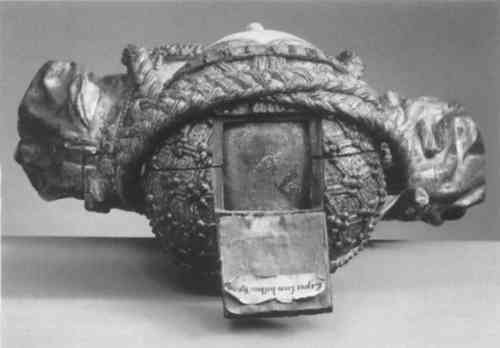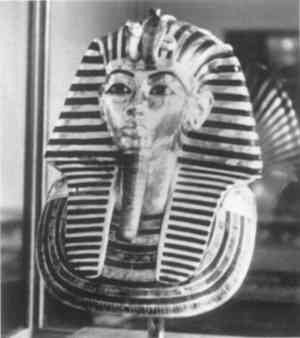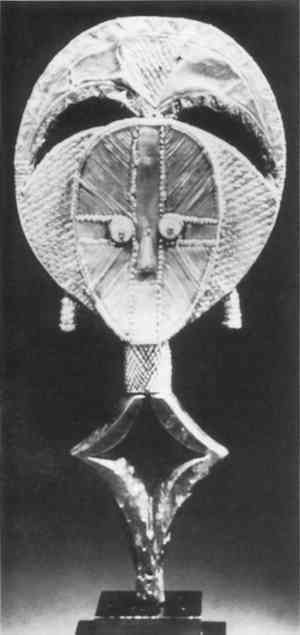THE ETHICAL DILEMMA FACING CONSERVATION: CARE AND TREATMENT OF HUMAN SKELETAL REMAINS AND MORTUARY OBJECTSGAYS S. McGOWAN, & CHERYL J. LaROCHE
2 CULTURAL AND METAPHYSICAL PROPERTIESHistorically, human bone has had cross-cultural and religious significance that diffuses through a mosaic of reverence with primordial connections. Human remains have evoked, and continue to evoke, impassioned discourse and responses. For more than 30,000 years of human history, death has been an occasion for the outpouring of human emotion (Wenke 1990, 151). Many cultures have long viewed human remains as a pinnacle of sacredness, capable of possessing and imparting great power. This point is exemplified by the grandeur with which remains have been displayed and entombed (figs. 1a, 1b).
Human remains represent a venerated element of the highest form, the power and sacredness of which command the use of precious and unique materials in the execution of mortuary objects. Excellence of style and execution, in conjunction with the rarity and preciousness of materials associated with human remains, often commend reliquaries and associated artifacts to collections of institutions and museums (fig. 2). In reality, however, repositories intended to house remains often have held far greater interest than the remains themselves. It is this esthetic that contributes to the dissociation of the original reverential intent of the mortuary object.
To many groups, human remains have a metaphysical integrity that is of foremost concern. From such a perspective, removal of skeletal remains from their mortuary context is a violation and an extraordinary lack of respect for the dead. This removal desanctifies and nullifies the talismanic properties of the remains by displacing the spirit, while deconsecration renders the sacred object secular. Numerous cultural taboos, grounded in the metaphysical, surround human bone. Lewis (1986, C-3) writes that
Decontextualization of the remains is an attempt to mitigate these taboos and allows museum professionals, scientists, or art dealers to treat once-sacred mortuary objects as artifacts in a fine art context, thereby divorcing them from their original cultural intent (fig. 3). This practice contributes to our inability to relate to the sacredness or to perceive the religious power or holy importance of objects outside our own experience. The mortuary artifact, devoid of associated human remains, is then perceived solely as cultural property, free of spiritual integrity.
|



